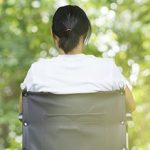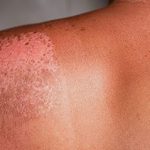
Stress levels are on the rise as Americans grapple with the COVID-19 pandemic and bitter political divisions, a new American Psychological Association (APA) survey shows. On a 10-point scale where 1 means little to no stress and 10 means a great amount, adults’ average stress level clocked in at 5.6, according to the Stress in America: January 2021 Stress Snapshot. That’s higher than levels reported in APA surveys since April. Eighty-four percent of respondents in the latest survey reported feeling at least one emotion associated with prolonged stress in the prior two weeks. The most common were anxiety (47%), sadness (44%) and anger (39%). And two-thirds said they feel overwhelmed by the number of issues facing the nation. Significant sources of reported stress included the future of the United States (81%); the coronavirus pandemic (80%); and political unrest (74%). Two-thirds said the Jan. 6 attack on the U.S. Capitol was a significant source of stress. Among other key findings: 84% of respondents say the nation has serious societal issues that need to be addressed and 9 in 10 hope that there will be a move toward unity. “Nearly a year into the pandemic, prolonged stress persists at elevated levels for many Americans. As we work to address stressors as a nation, from unemployment to education, we can’t ignore the mental health consequences of this global… read on > read on >















